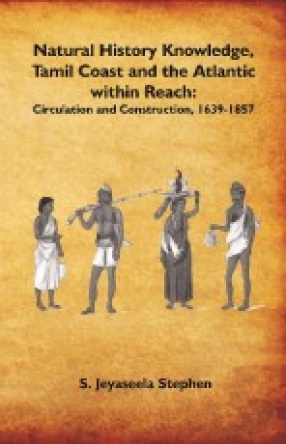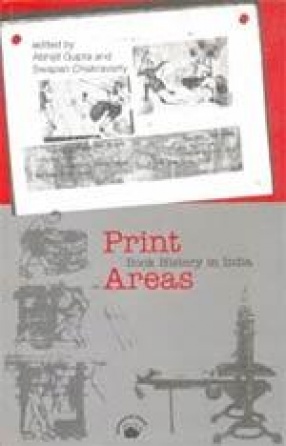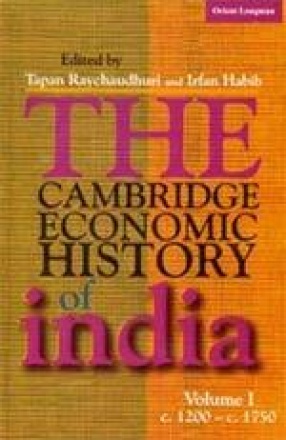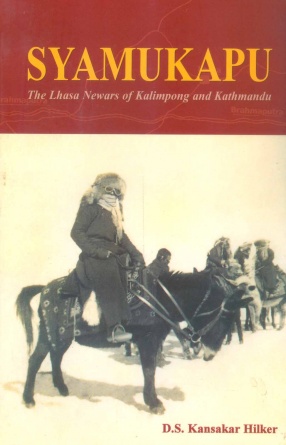Natural History Knowledge, Tamil Coast and the Atlantic within Reach: Circulation and Construction
This book explores the history of documenting the fauna found on the Tamil coast and classifying them properly by the Europeans. The curiosity of the unfamiliar and the fascination of the exotic had led them to engage in the studies. The volume provides why a flood of information reached the Atlantic world and how the ideas transmitted served were an important force in the creation of knowledge. The author exhibits a wonderful picture of the insects, reptiles, snakes and he links the study of natural history with medicine explaining the poisonous bites and treatment. He then charts the development of the intellectual culture and experiences into a system of knowledge making on birds, animals and fish that emerged with interest in the academic societies of Europe. The archival and museum dexterity is on full display in the book with the scholars, company servants and practitioners in Germany , England, France, Denmark and Sweden and their projects which explored the natural world reframing the natural history. The work contains refreshingly new information on early modern natural history collection and includes several arresting illustrations thereby providing an innovative framework for understanding the formation of scientific practices and knowledge in Euro- Tamil relations. It analyzes the production of knowledge and focuses on recovering the role of people with multiple centres of knowledge production and exchange.
Conents: 1. Introduction. 2. Animal Commodities and Europeans. 3. The Amazing Animals of Tamil Coast and Zoology, 1639-1857. 4. Strange and Wonderful . 5. Exploring the Exotic. 6. In to the Sky of Tamil Landscape . 7. Ophiology and Toxicology through Experience and Learning, 1701-1853. 8. Ichthyology and Aqua-Fauna. 9. Conclusion. Appendices. Bibliography. Index.
Get it now and save 10%
BECOME A MEMBER







Bibliographic information